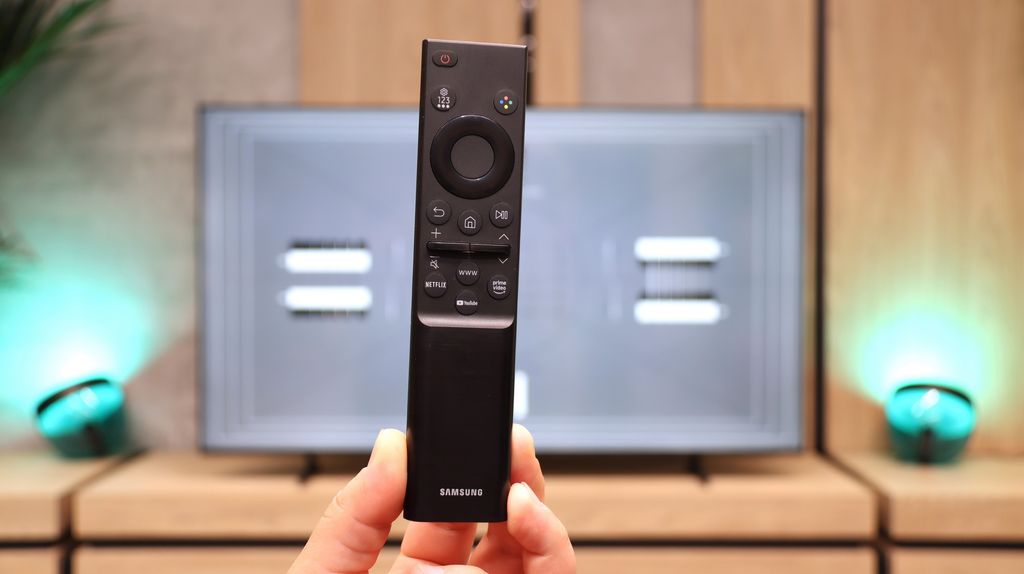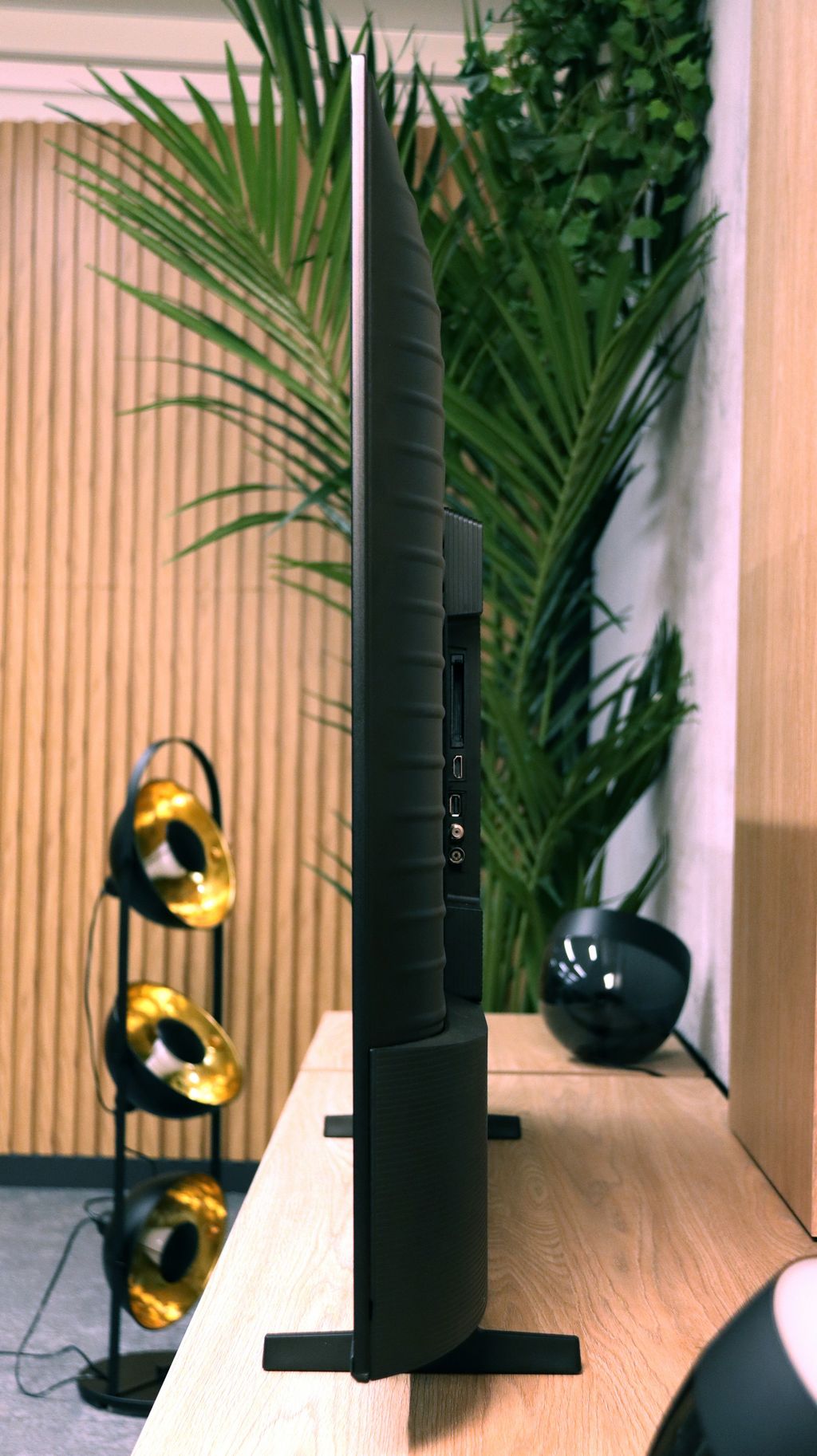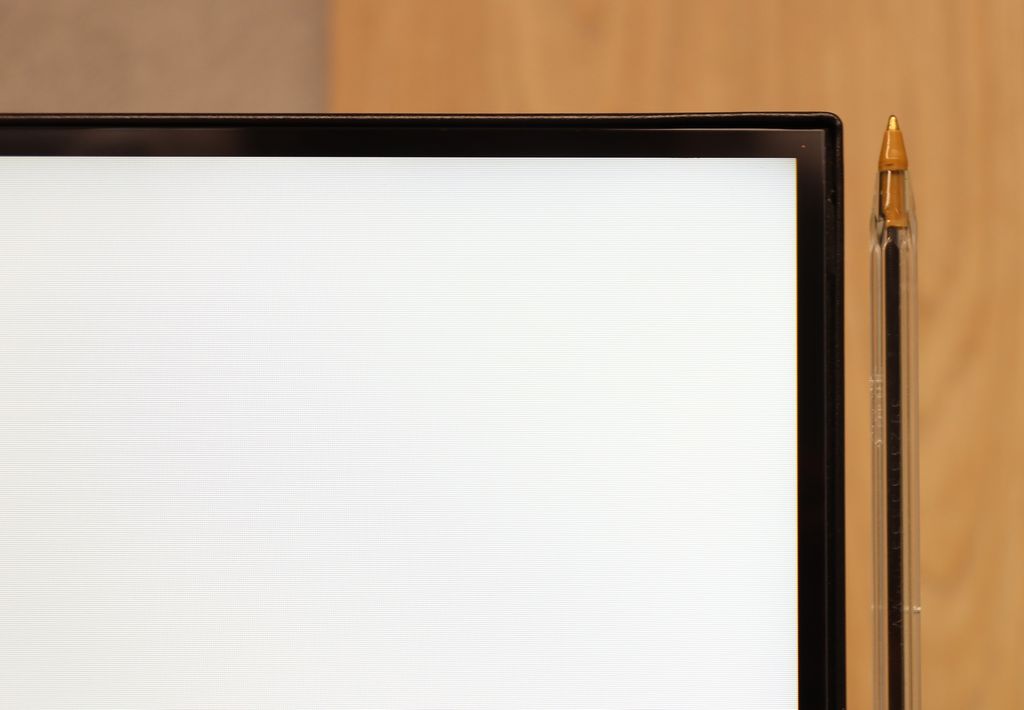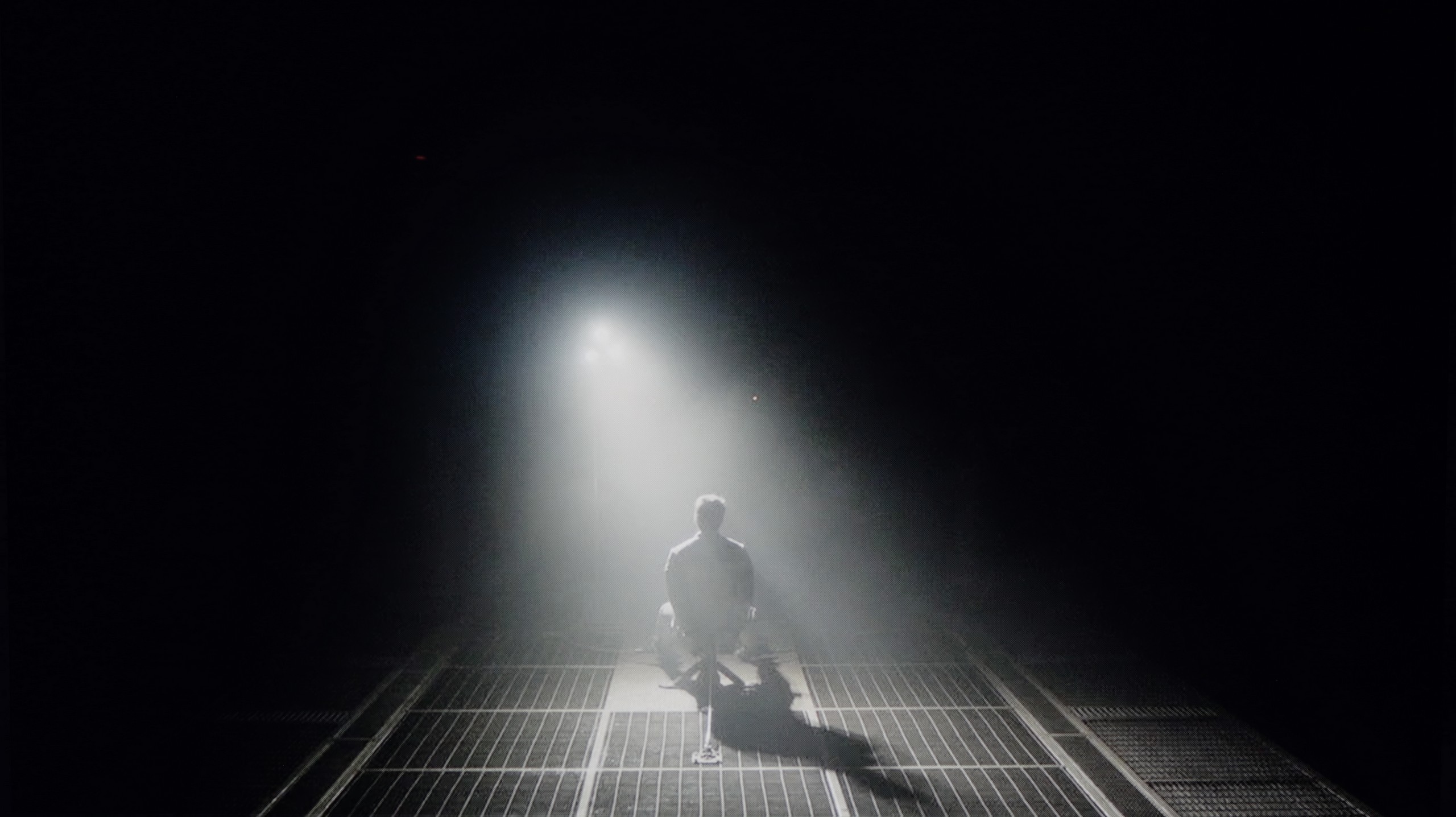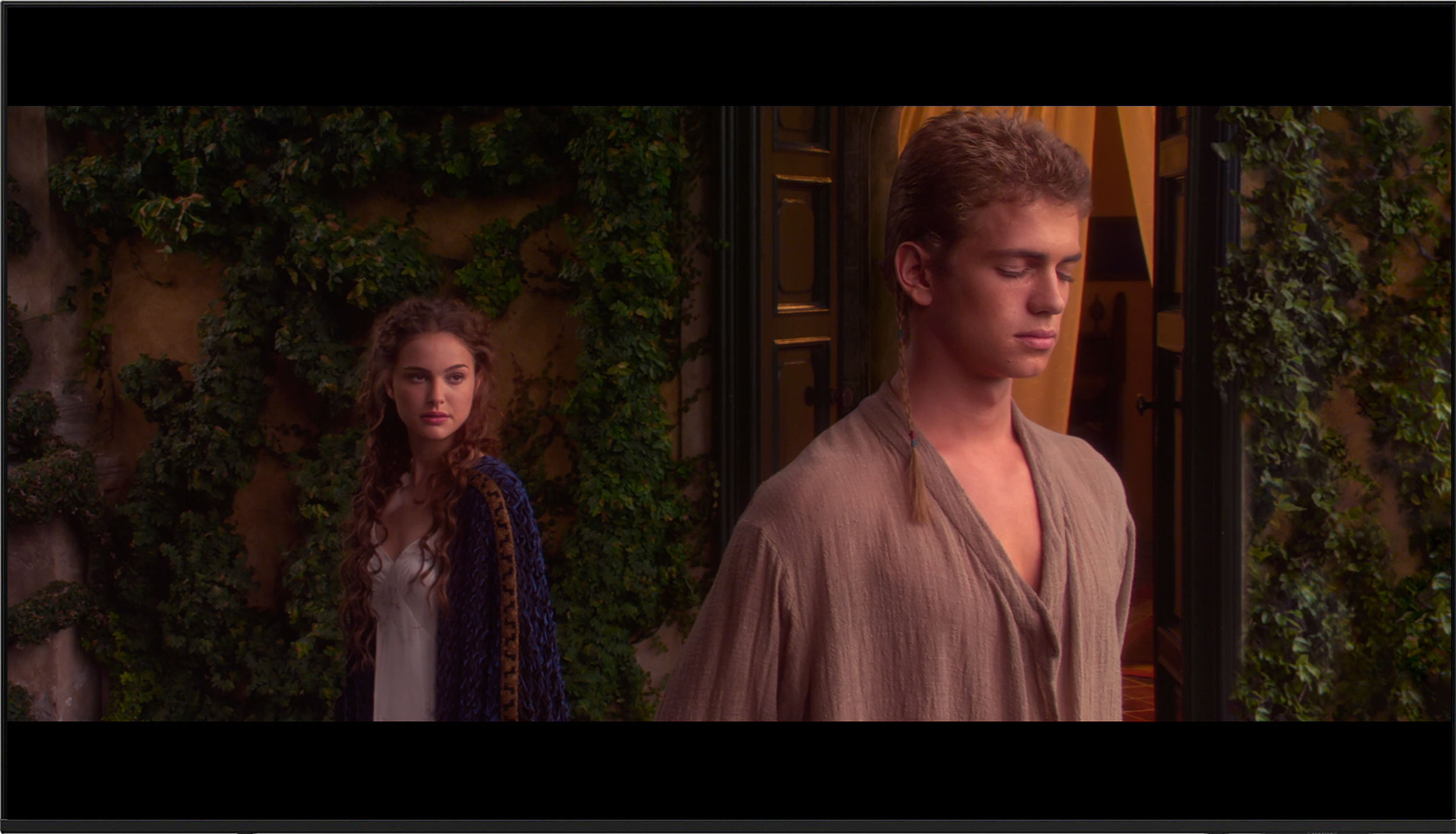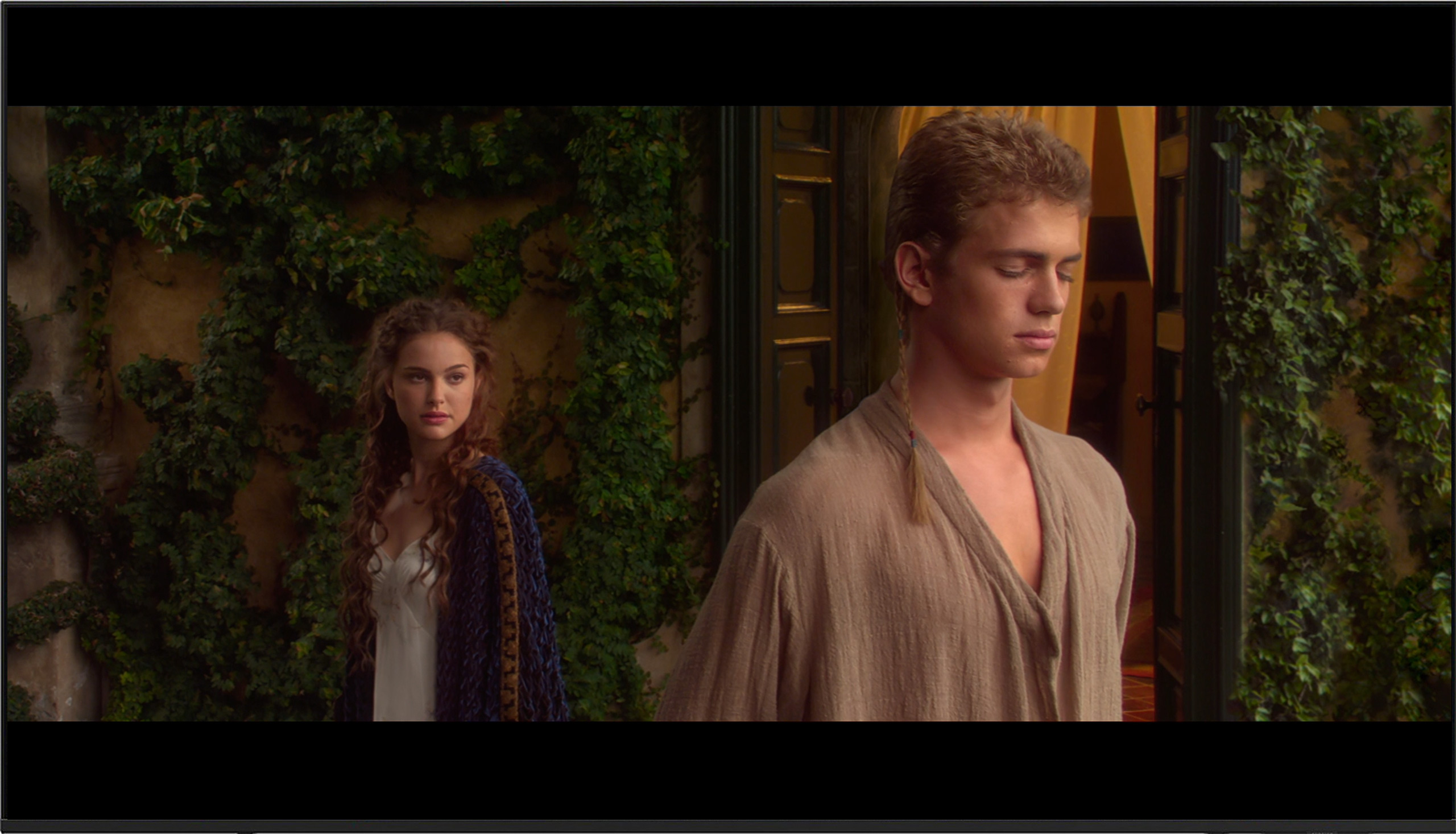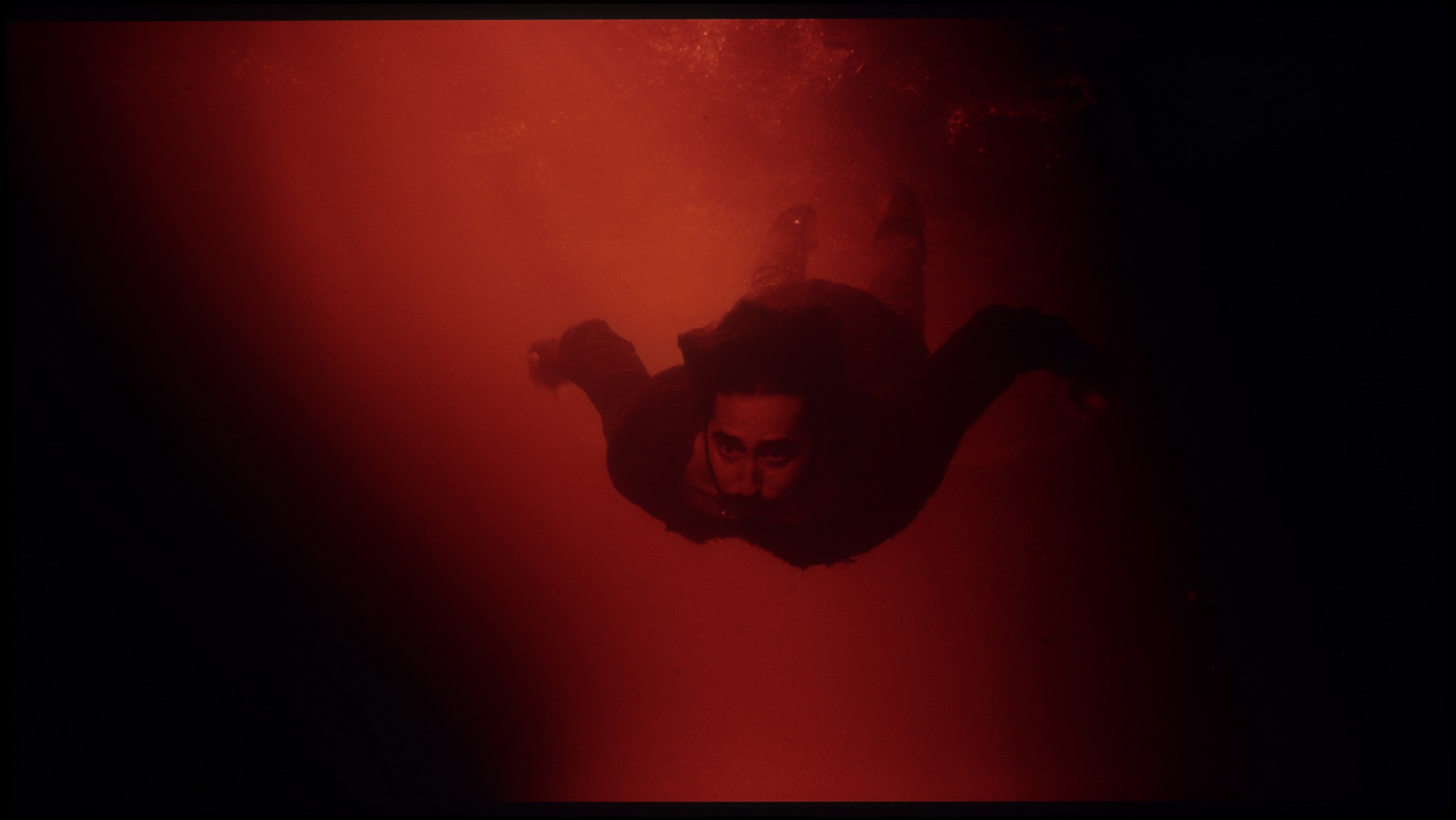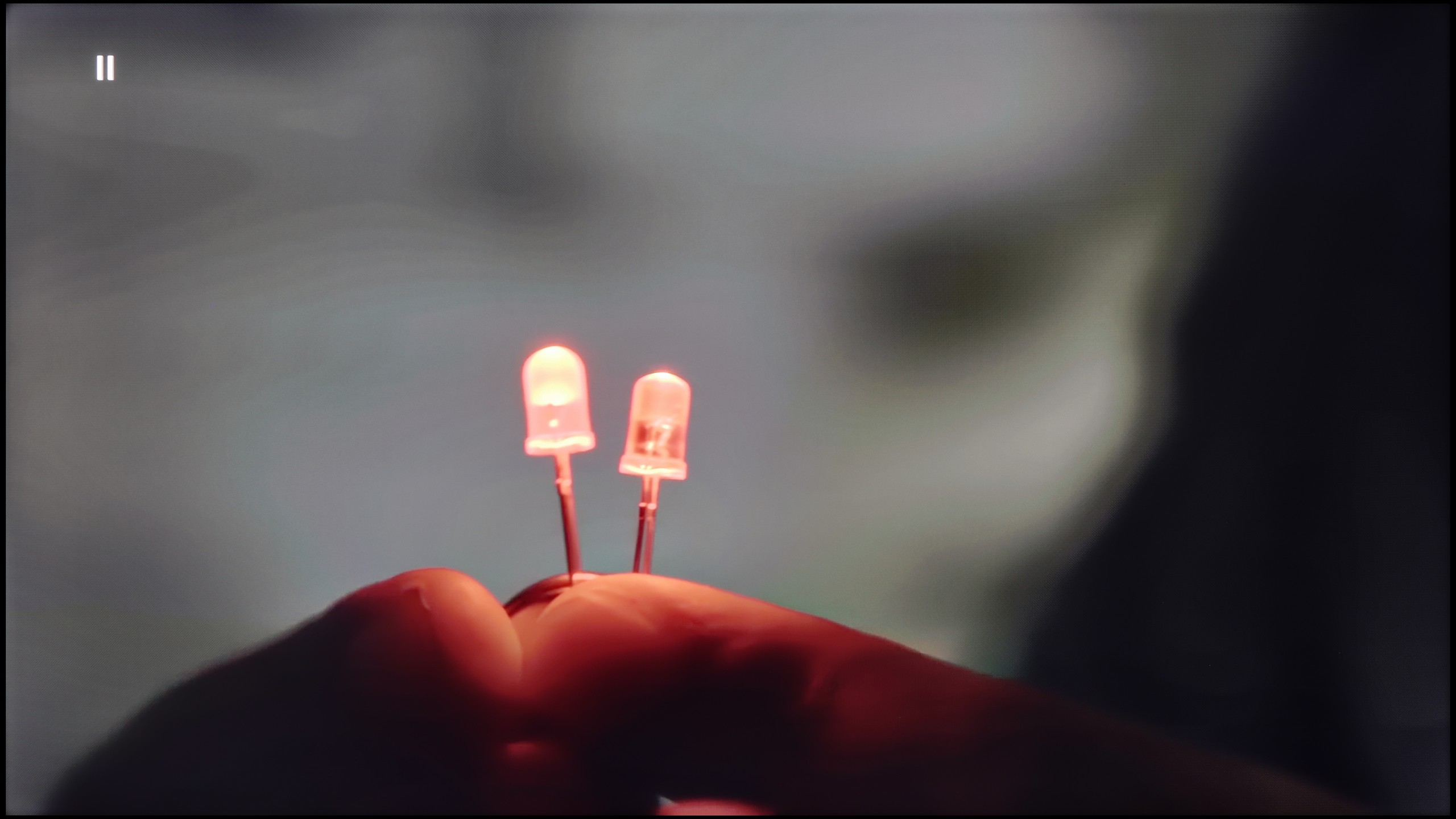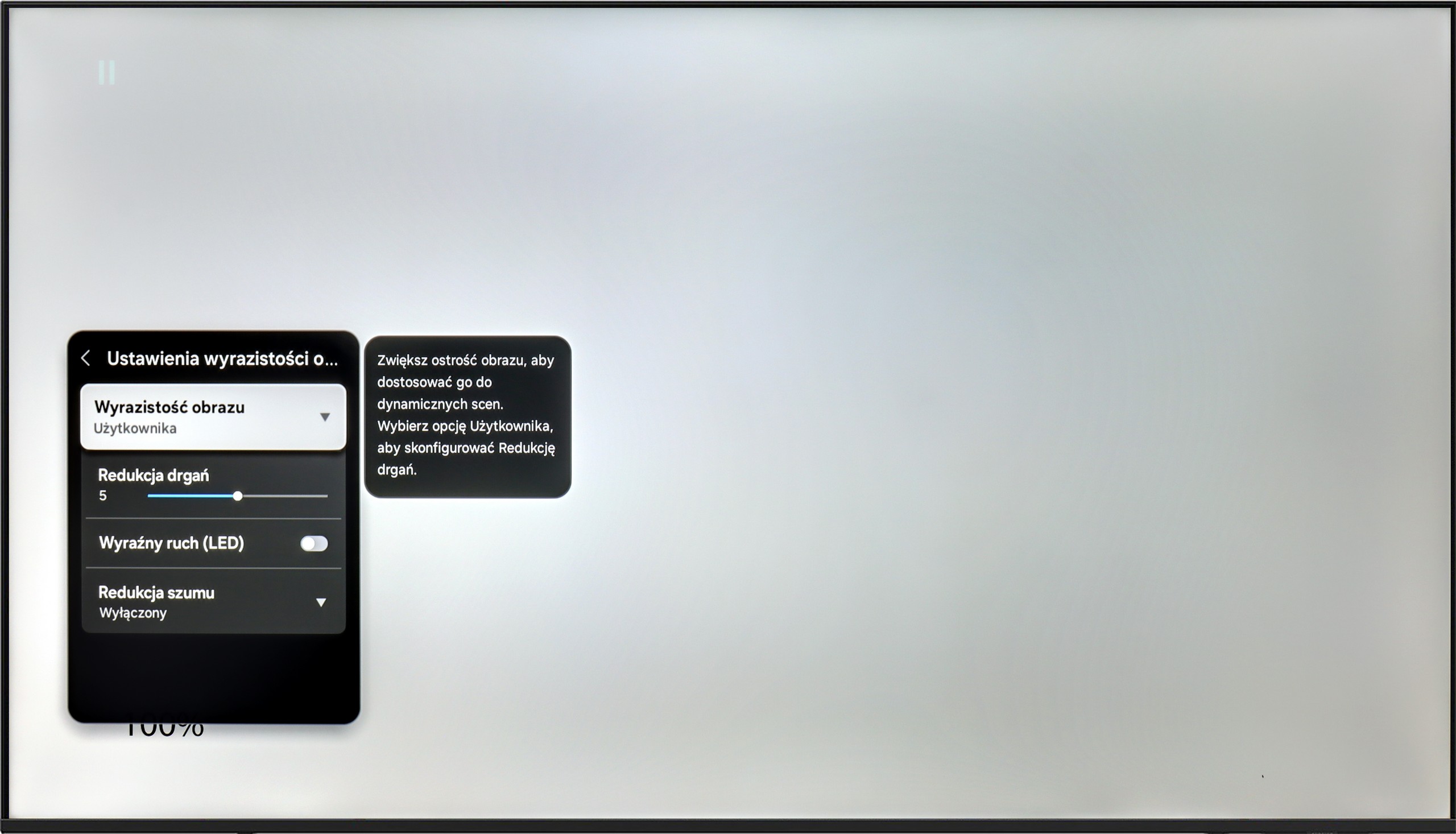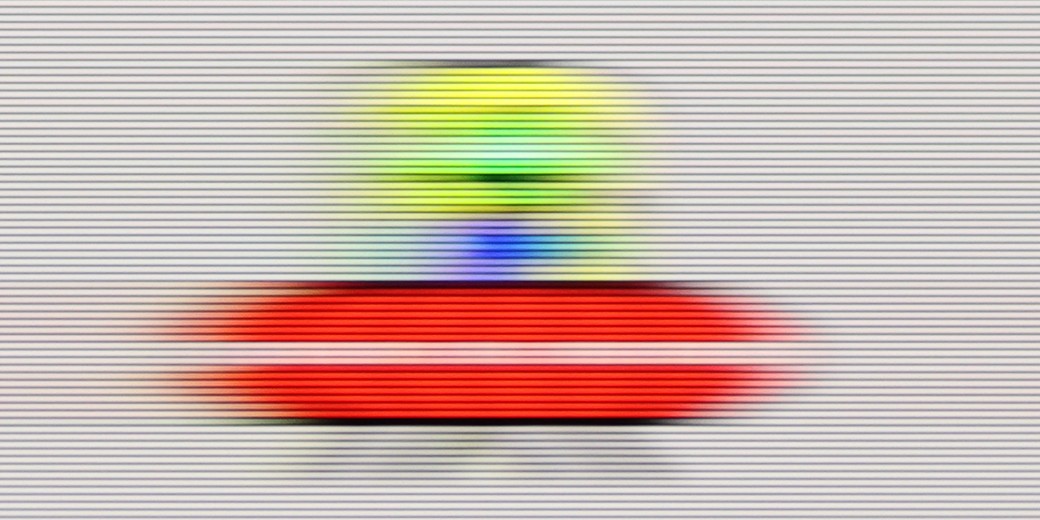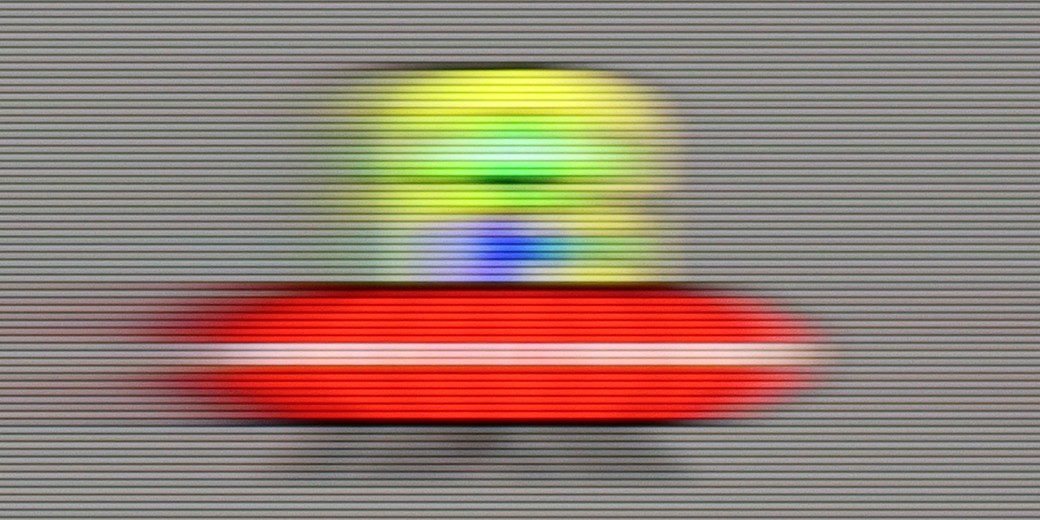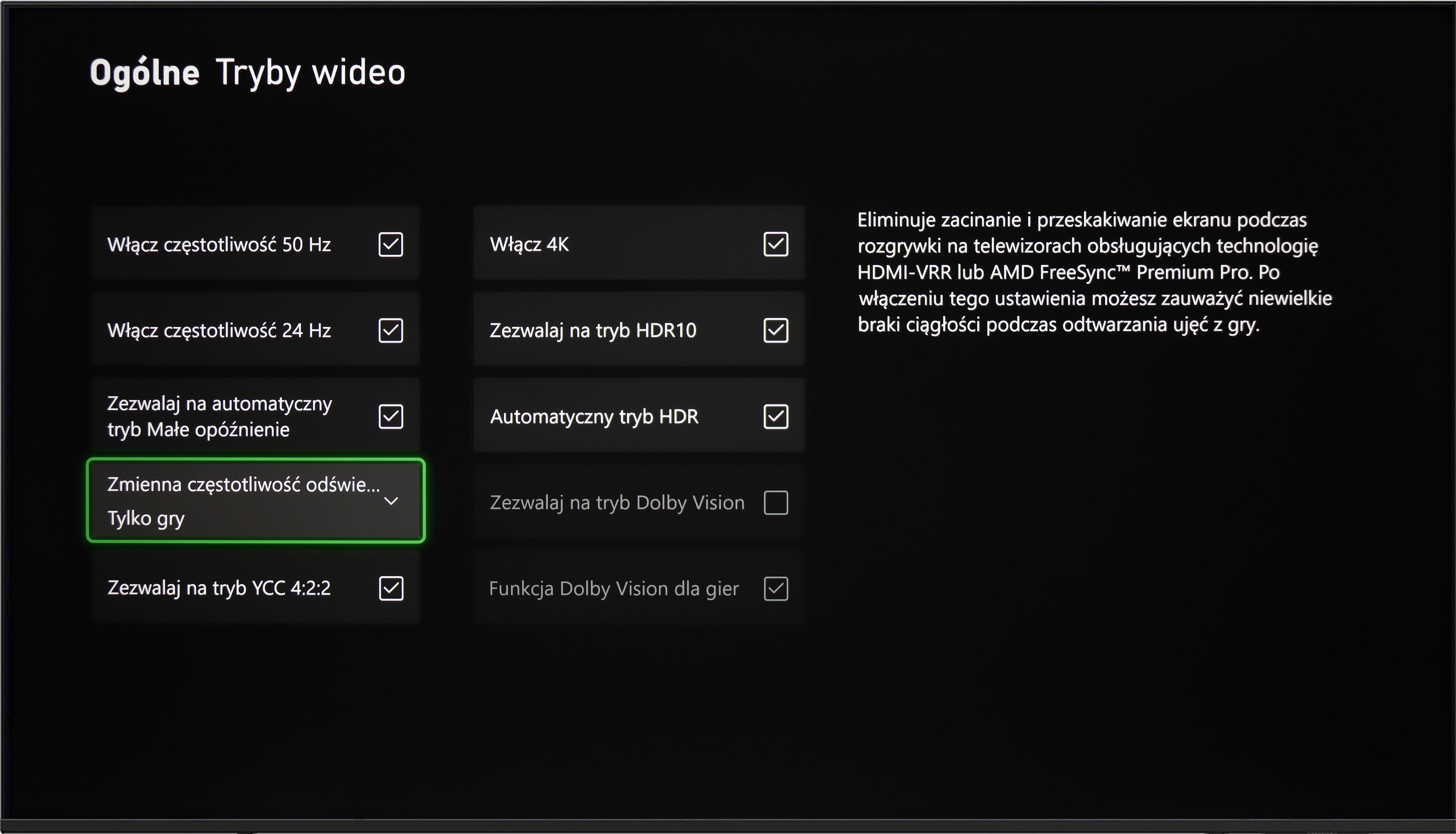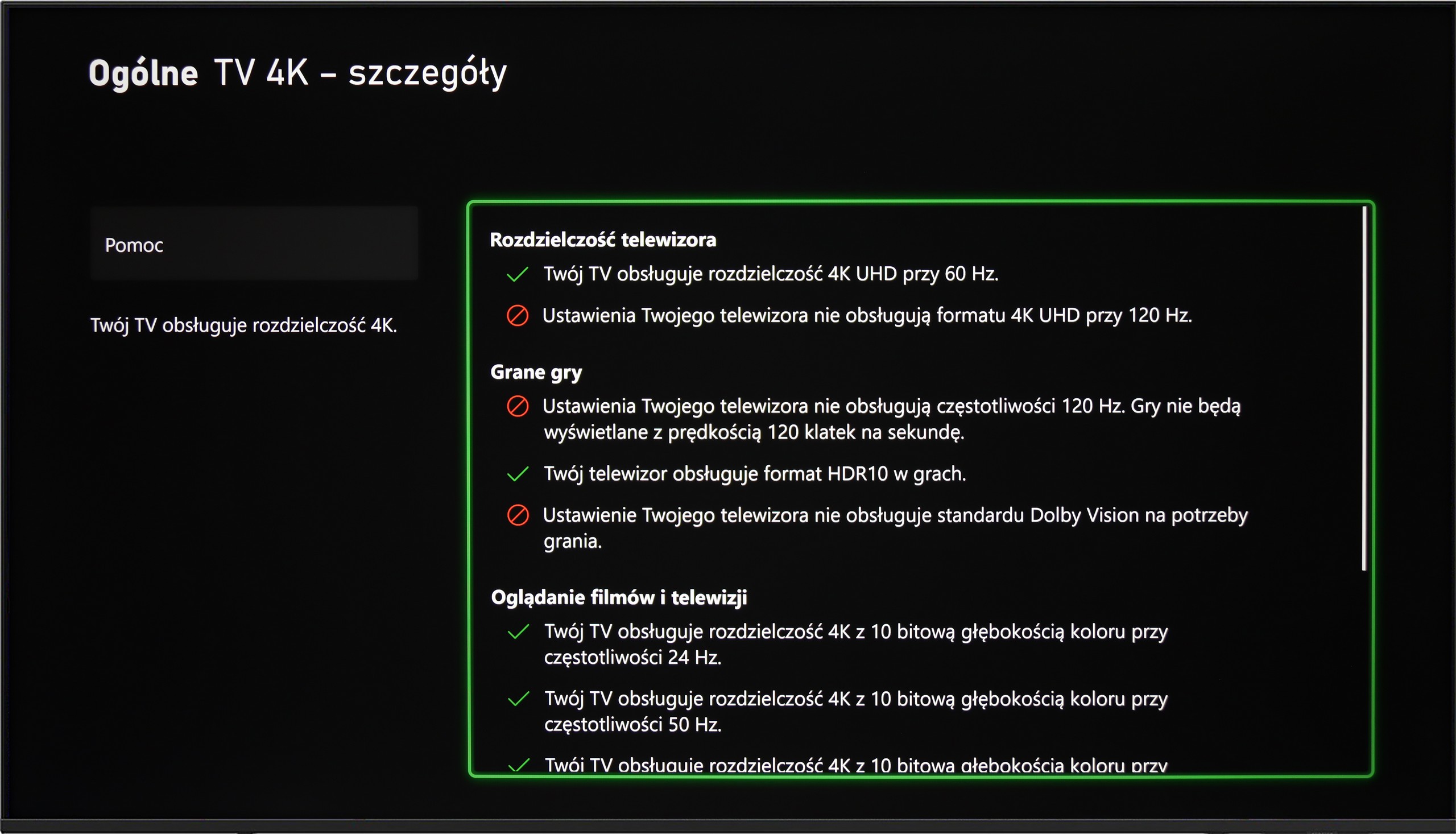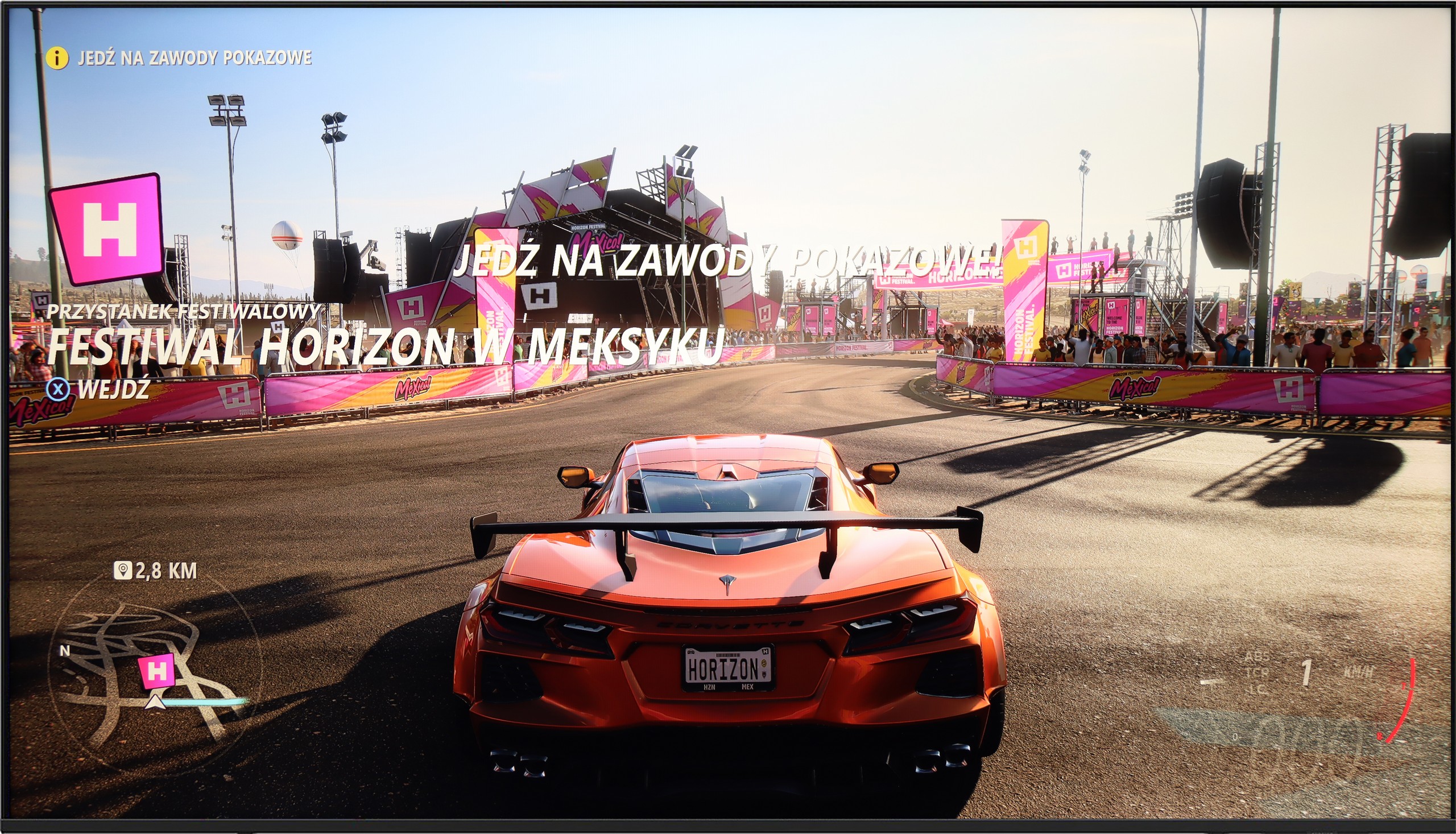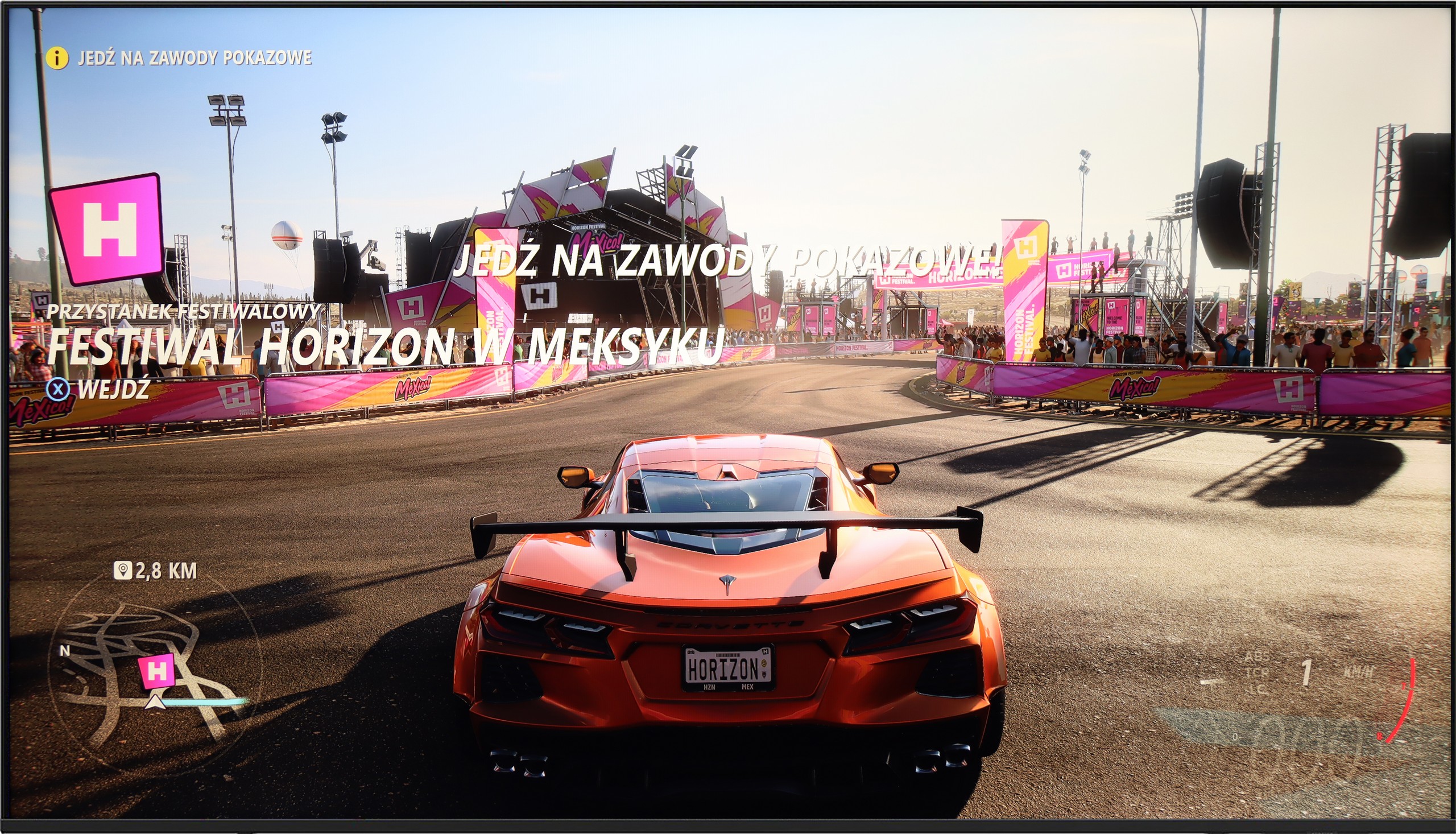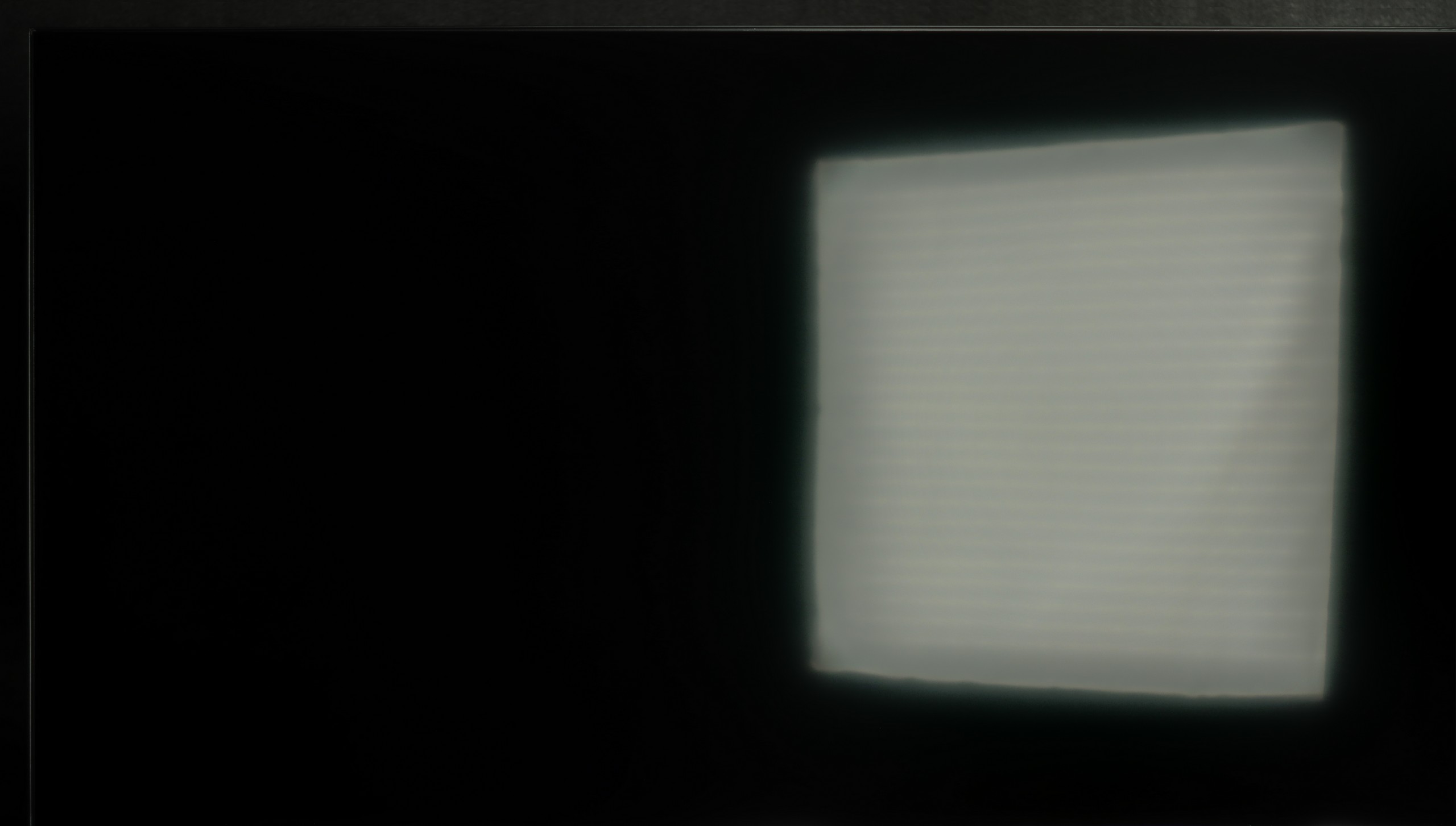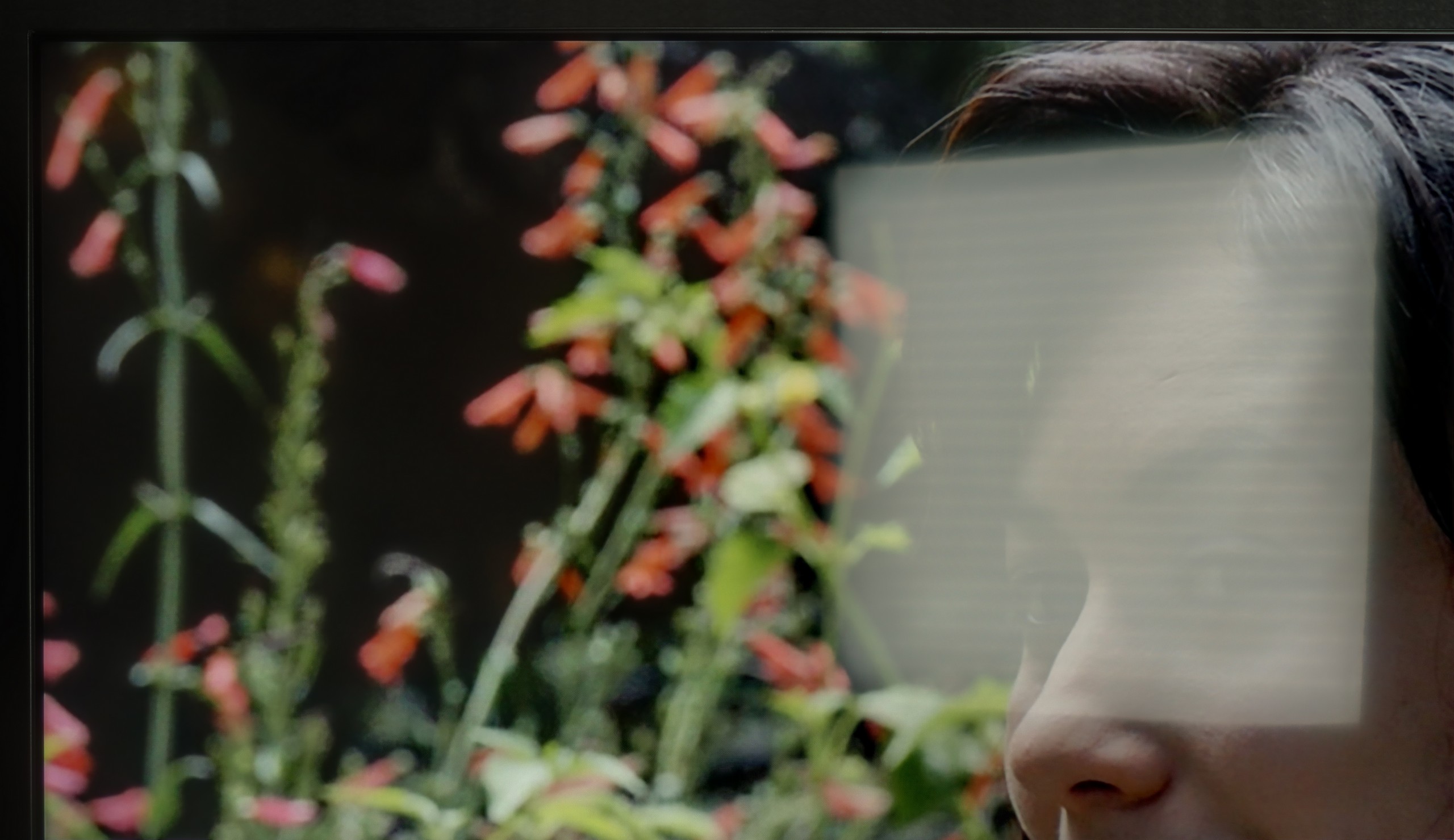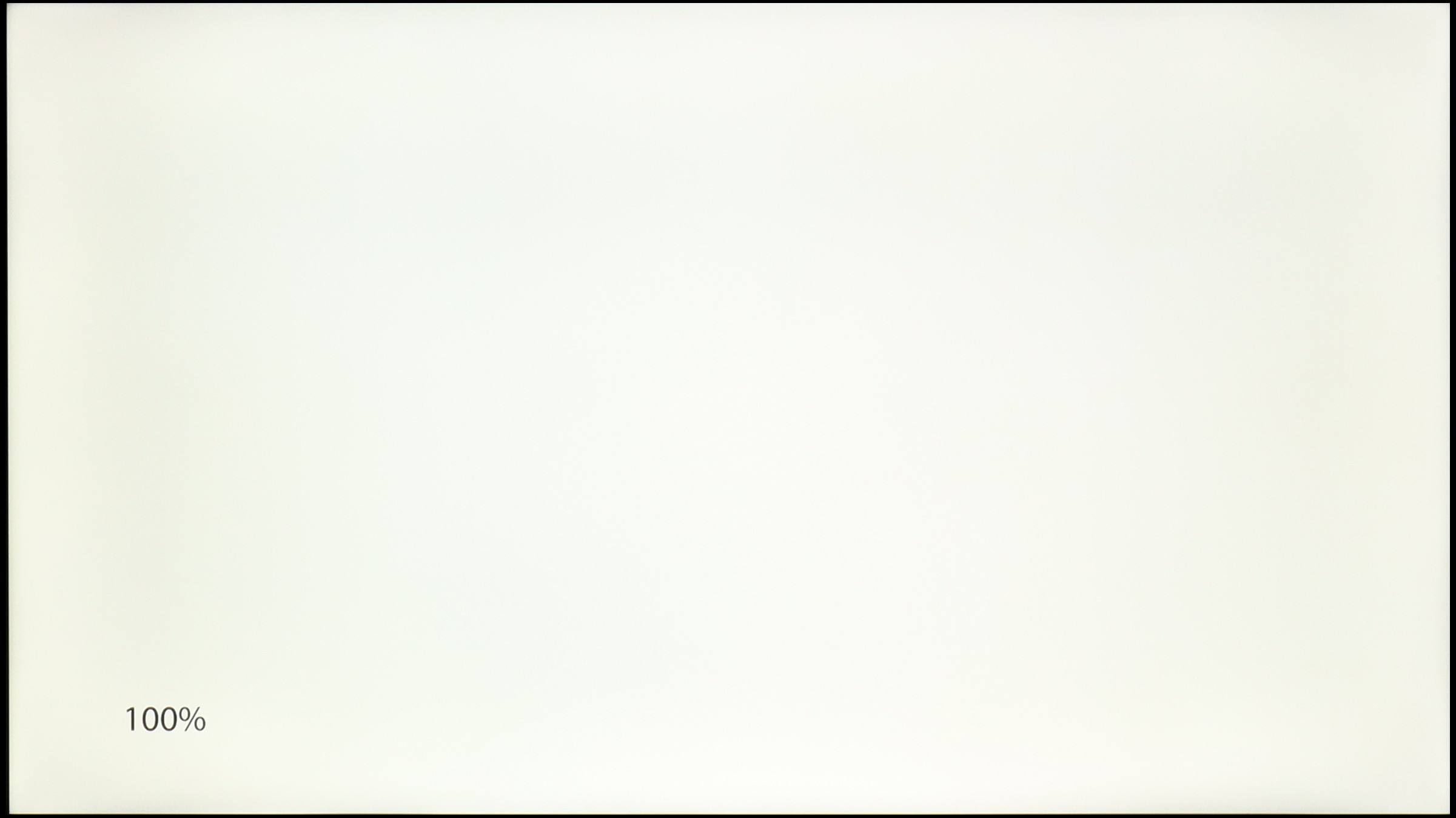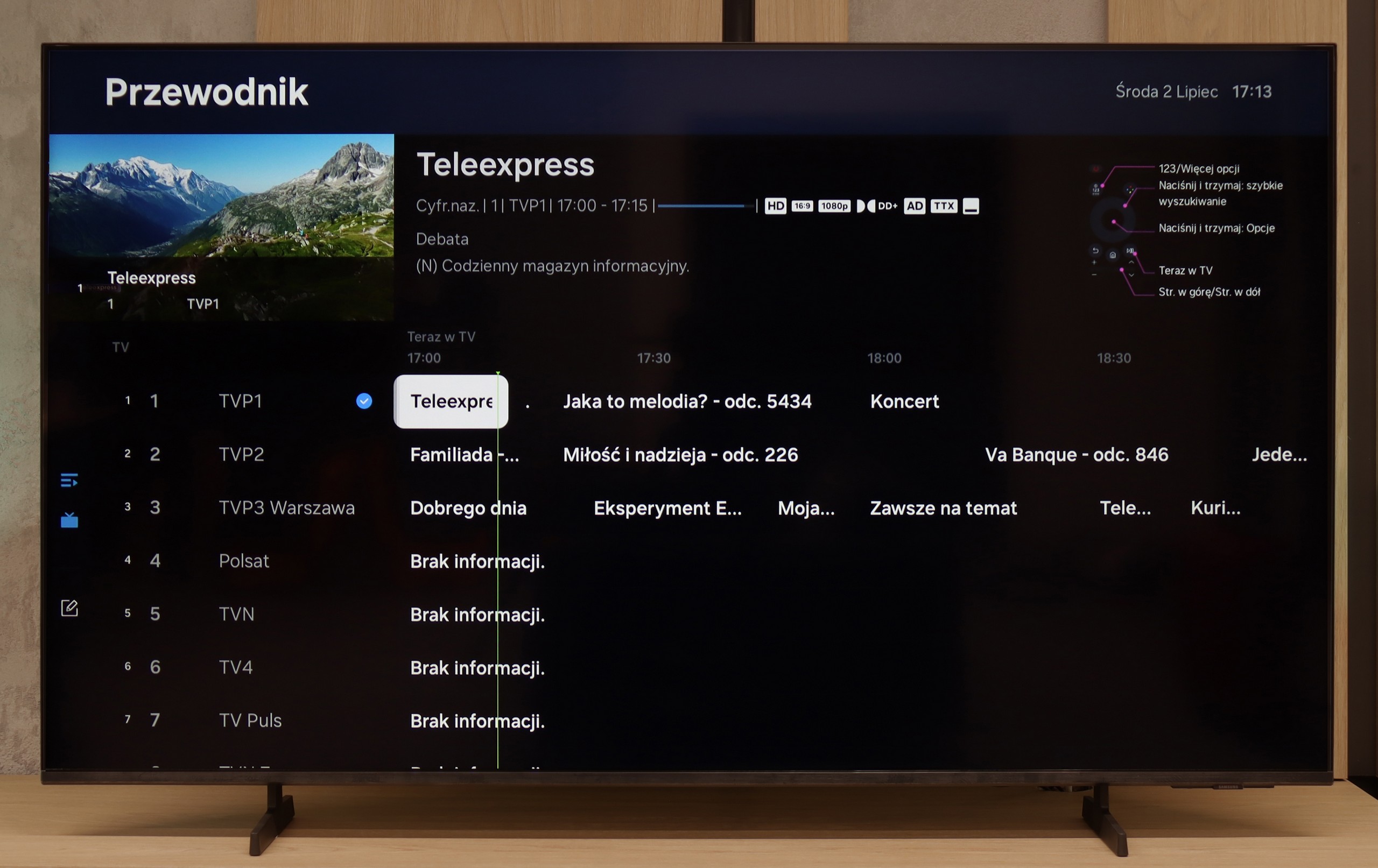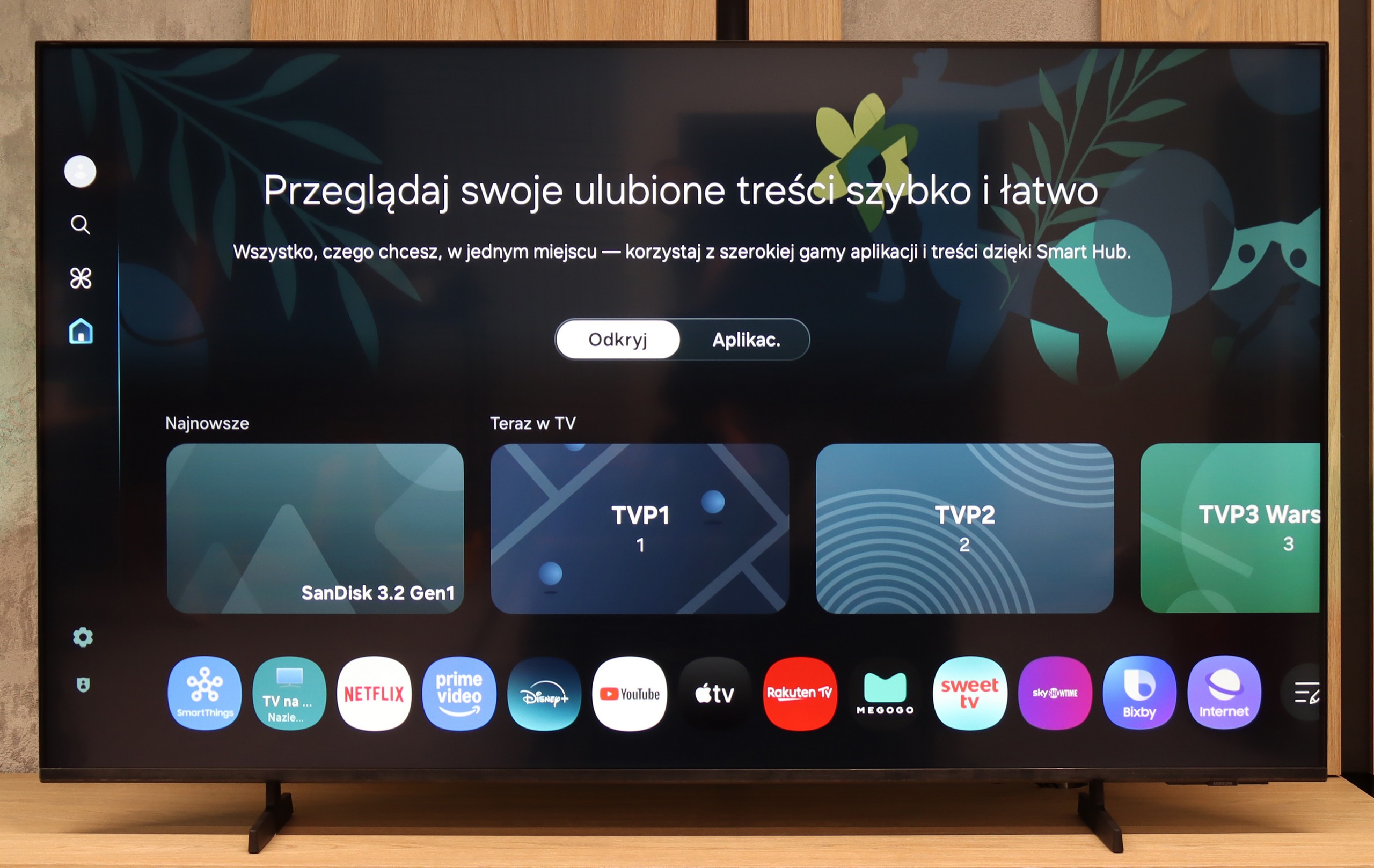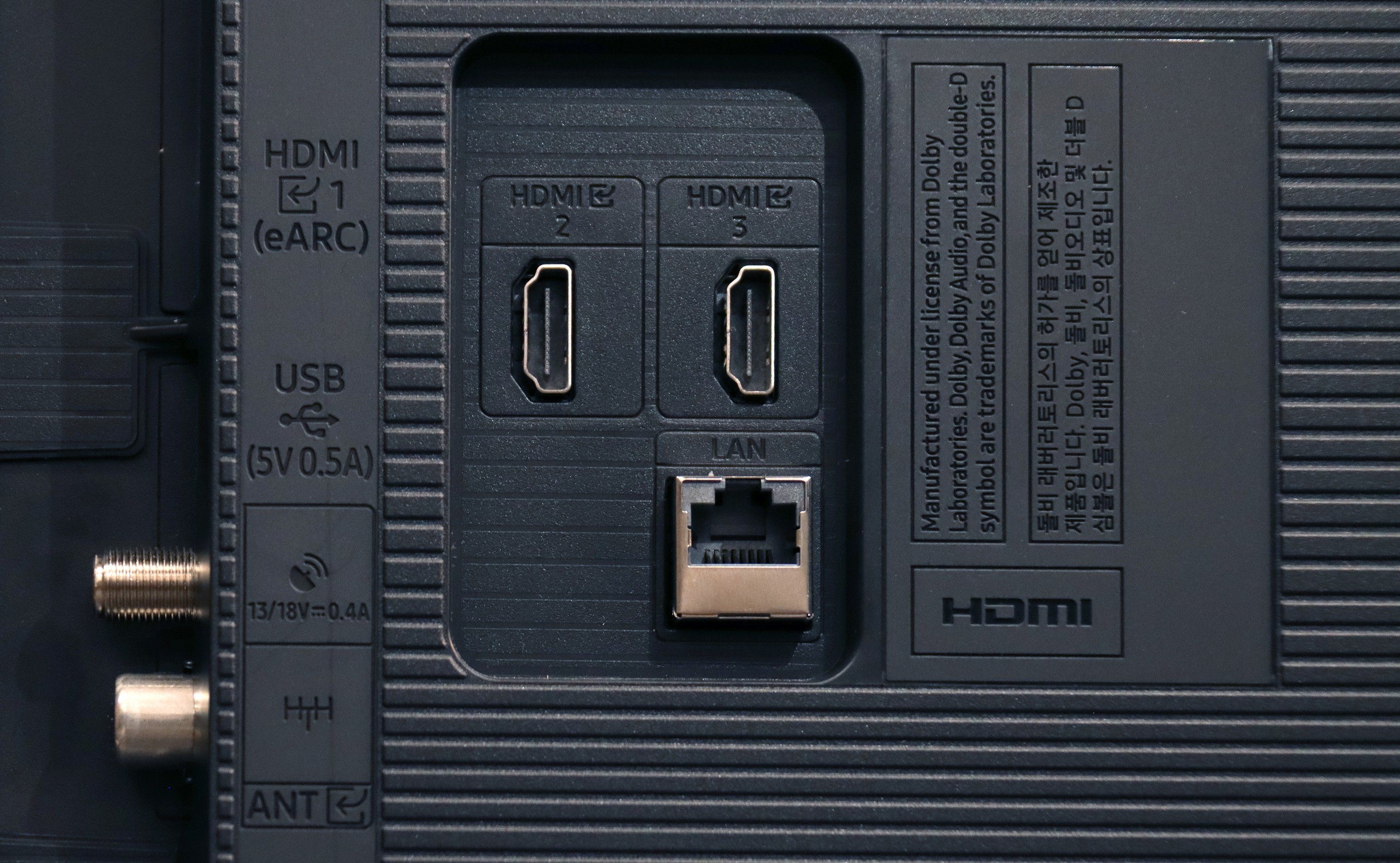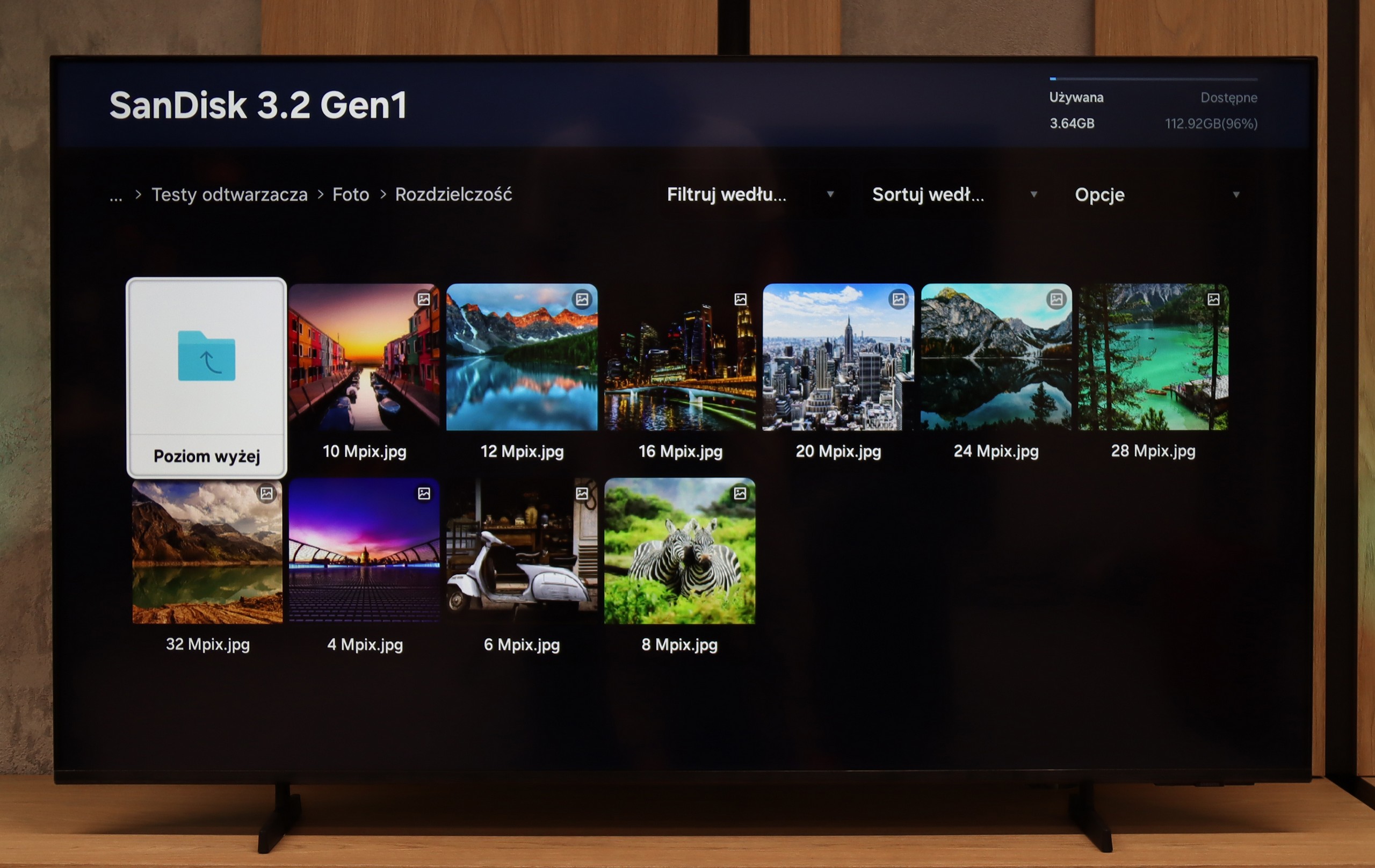The Panasonic W70A draws attention primarily because of its advanced Google TV operating system, which gives us access to a multitude of popular applications (YouTube, Netflix, Disney+, HBO Max, etc.). In terms of picture quality, the IPS panel offers wide viewing angles, so colours do not lose their intensity even when you watch a film from an angle. Gamers will also not be disappointed, as it features VRR and ALLM, along with low input lag (around 12 ms) – all of this translates to pleasant experiences during occasional gaming, despite the standard 60 Hz refresh rate.
However, it's worth noting that this is rather a basic model and has its limitations. The contrast and blacks are simply weak, which is a typical phenomenon for IPS panels, especially in dark rooms. A brightness level of around 270 cd/m² is also insufficient in heavily sunlit rooms, so the picture can seem washed out. Certain shortcomings in the software itself cannot be overlooked either. Google TV is a great foundation, but sometimes settings are scattered in surprising places, and the quality of translations leaves a lot to be desired.
It must be considered that the competition is offering more and more in a similar (or slightly higher) price range. Can the Panasonic W70A hold its own in such an environment? On one hand, it tempts with a rich app base and decent support for gamers, but on the other – the market is flooded with more polished TVs equipped with better specifications. However, if wide viewing angles and straightforward access to Google TV services are priorities, we can give it a chance. In other cases, it’s worth exploring among competitive models that often offer better blacks, higher brightness, and fewer annoying issues in the menu at a similar price.
Samsung U8000F with a VA panel is a television that can pleasantly surprise in its class – of course, if we know what to expect from it. The greatest strength of this variant is definitely the quality of blacks. Compared to the version with an IPS panel, the difference is huge – the image gains depth, contrast looks significantly better, and evening movie sessions no longer resemble watching content through a grey filter. For a device from the budget segment, this is really a nice surprise. Additionally, we have the proven Tizen system, which not only runs smoothly but also offers access to a full range of applications, support for SmartThings, and voice assistant (via an app). The PC mode and console connection work flawlessly – fonts are clear and readable. Plus, there are basic features for gamers, such as VRR and ALLM, which – although they won’t turn this television into an esports machine – are perfectly adequate for occasional gaming.
Of course, like any construction in this budget, the U8000F with a VA panel also has its limitations. Viewing angles are not its strong suit – watching the image from the side reveals a drop in quality. However, it’s hard to regard this as a serious drawback – because you gain some advantages elsewhere. Better blacks always come with a bit less flexibility in setting. When it comes to HDR, we have a rather symbolic approach – the brightness is too low to talk about a true “wow” effect, and the color palette is limited. But let's face it – that’s not the reason you buy such a television. So if you’re planning to purchase the U8000F, we definitely recommend opting for the variant with the VA panel. It’s still a very basic model, but in this version, it offers more than you might expect – especially in terms of black quality. And in this price range, that’s quite a lot.







